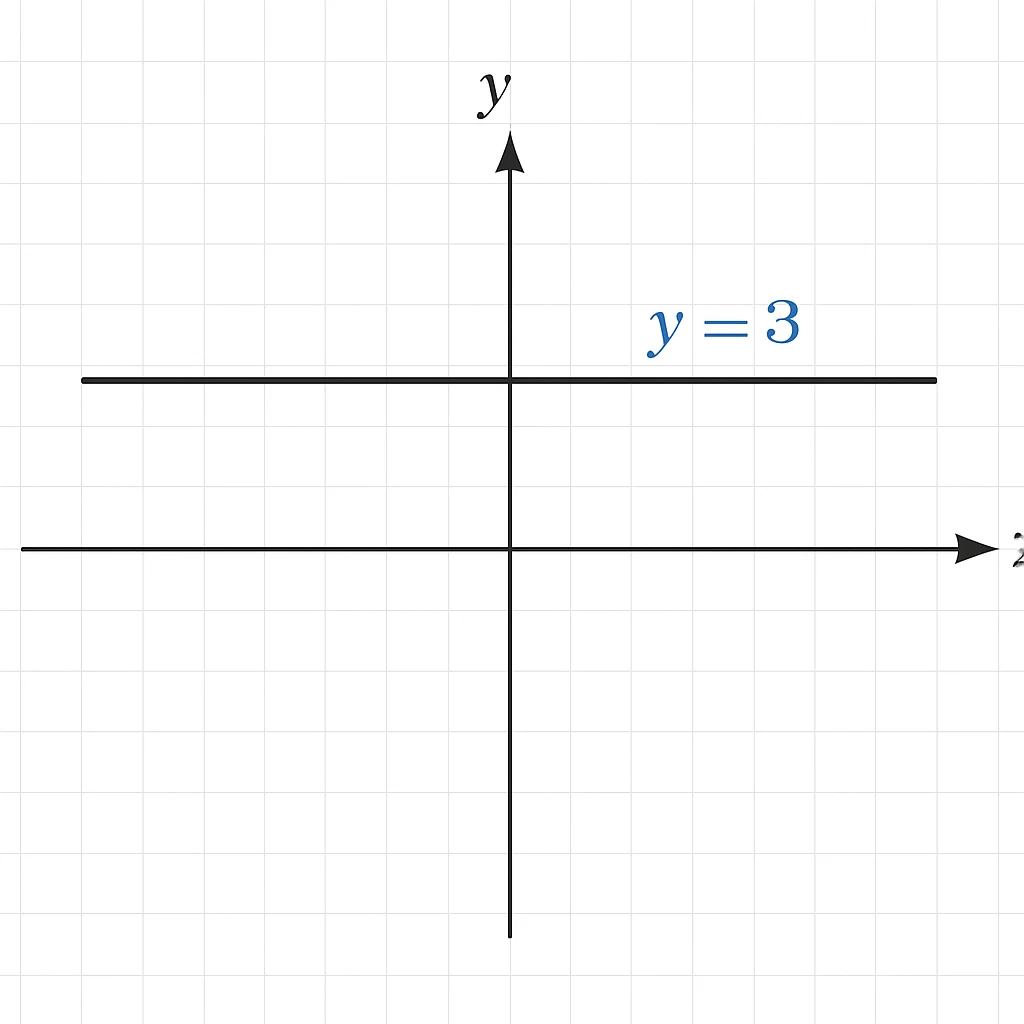What Is a Sum in Math? Definition, Examples & How to Calculate
 Understanding the concept of sum is vital for developing a solid foundation for basic arithmetic. Addition sums are one of the most basic and engaging math topics for primary grade students. By solving a sum, children develop and form the basic foundation required for many math skills. Along with addition sums, subtraction, multiplication, and division are some of the other topics taught during this stage. Apart from its mathematical significance, solving sums holds high importance in practical life too. Whether you're shopping or planning a trip, the idea of sum is applied everywhere. For example, for estimating travel time, cost of trip, shopping bills, etc.
Understanding the concept of sum is vital for developing a solid foundation for basic arithmetic. Addition sums are one of the most basic and engaging math topics for primary grade students. By solving a sum, children develop and form the basic foundation required for many math skills. Along with addition sums, subtraction, multiplication, and division are some of the other topics taught during this stage. Apart from its mathematical significance, solving sums holds high importance in practical life too. Whether you're shopping or planning a trip, the idea of sum is applied everywhere. For example, for estimating travel time, cost of trip, shopping bills, etc.
In this article, we have covered the basics of what sums mean along with different methods to calculate and apply them in our daily life. By going through the sample problems and solving them, kids can easily gain the clarity and conceptual fluency of this topic.
Table of Contents
Definition of Sum
How to Find the Sum
Examples of Sum in Math
Addition Facts & Tricks
Applications of Sum in Real Life
Practice Problems on Sum
FAQs about Sum
Definition of Sum
In math, the sum is the result you get when you add two or more numbers together. The numbers being added are called the addends, and the number gained by adding them together is called the sum. I.e., Sum = Addends + Addends
For example, to find the sum of 4 and 6, we first write both addends, i.e., 4 and 6, with a plus ‘+’ sign in the middle, like 4 + 6, to get the sum as 10.
4 + 6 = 10
Here, 10 is the sum.
Steps of How to Find the Sum:
To find the sum of numbers:
-
Align the numbers vertically if there are two or more than two digits. Write them in the order of the place value.
-
Start from the right by adding numbers in the ones place
-
Add digits place by place.
-
Carry over if the total is more than 9.
Examples:
Find the sum with 2 addends
7 + 3 = 10
Find the sum of multiple addends:
5 + 8 + 2 = 15
Sum of 2 addends with carry forward:
27 + 49 = ?
I. Add ones: 7 + 9 = 16 → write 6, carry 1
II. Add tens: 2 + 4 + 1 = 7
Answer: 76
Addition Facts & Tricks
Knowing basic addition facts makes calculating sums faster.
|
Addends |
Sum |
|
1 + 1 |
2 |
|
2 + 3 |
5 |
|
5 + 5 |
10 |
|
9 + 6 |
15 |
Important Tips:
-
Adding Zero ‘0’: The sum stays the same (e.g., 6 + 0 = 6)
-
Adding the same number: Easy to remember (e.g., 4 + 4 = 8)
-
Using number lines or fingers for early learners will help in understanding concept visually.
Applications of Sum in Real Life
Understanding the methods and applying them to calculate sums is useful in many ways:
i) Shopping: During shopping it is used to find the total cost of items purchased.
ii) Cooking: For cooking we add ingredients as per the recipes.
iii) Budgeting: In creating our monthly budgets, we add income and expenses.
iv) Travelling & Navigation: Addition is used to check distance and time required in travelling and navigation
Practice Problems on Sum
Problem 1: What is the sum of 12 + 25 = ?
Answer: 37
Problem 2: Find the sum of 87 and 14
Answer: 87 + 14 = 101
Problem 3: Find the sum of 45, 20, and 35
Answer: 100
Frequently Asked Questions about Sum
1: What does the word "sum" mean in math?
Answer: The word “sum” means the result of an addition problem.
2: Is sum only used in addition?
Answer: Yes, "sum" specifically refers to addition results.
3: Can you have a sum of more than two numbers?
Answer: Yes, we can add three or more numbers to find a sum.
4: What is the symbol for finding the sum?
Answer: The plus sign (+) is used to calculate the sum.
Conclusion
The sum is one of the simplest yet most powerful concepts in mathematics. From solving basic arithmetic problems to managing money, the ability to add numbers and find their sum is a key life skill. With practice, mastering sums becomes easy and fun!











